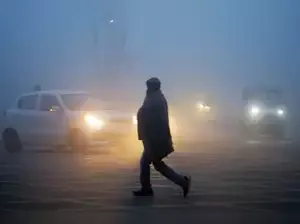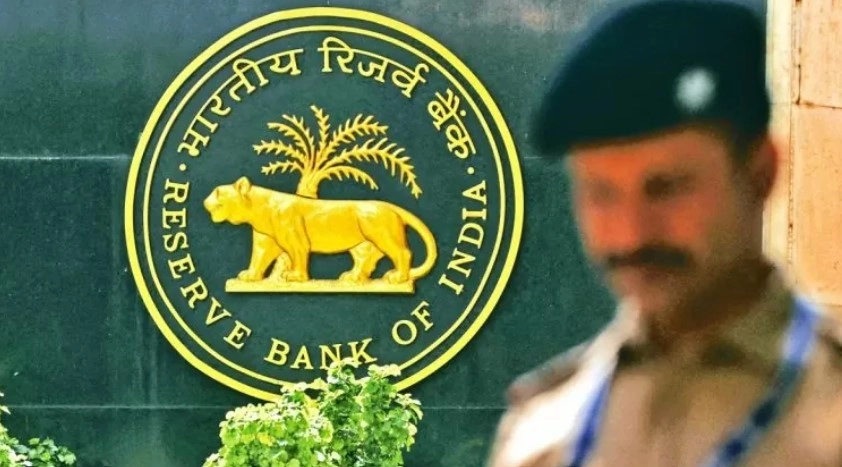Delhi and its neighbouring cities, including Ghaziabad, Noida, and Gurugram, experienced dense fog on Friday morning, with visibility dropping to zero in certain areas. The Indira Gandhi International Airport (IGI) issued an advisory cautioning passengers about potential disruptions to flights due to poor visibility. While the exact number of affected flights and trains was not immediately available, authorities expect to release updates later in the day.
This severe fog event follows a similar spell between January 2 and 3, during which visibility remained near zero for nine consecutive hours—the longest stretch recorded this season, according to the weather department.
The CAQM defines AQI levels between 401 and 500 as ‘severe.’ A spokesperson stated, "Stage 3 restrictions aim to prevent further worsening of air quality under current meteorological conditions."
An annual report by the Centre for Research on Energy and Clean Air (CREA) highlighted some progress in Delhi’s air quality management. The report noted a 12% reduction in PM10 levels compared to 2017, with levels falling from 241 to 211 µg/m³. However, the city is still far from meeting the National Clean Air Programme (NCAP) target of a 20-30% reduction in particulate matter levels by 2024.
Nationally, only 31% of the 131 cities identified as non-attainment zones under the NCAP achieved their initial targets. The CREA report emphasised the need for sustained and enhanced efforts to combat air pollution in urban centres.
ET Year-end Special Reads
Buying a home in 2025? Here's how property market can shape up
18 top stock picks for 2025 from 6 leading brokers
Five big bangs that shook the corporate world in 2024
This severe fog event follows a similar spell between January 2 and 3, during which visibility remained near zero for nine consecutive hours—the longest stretch recorded this season, according to the weather department.
Air Quality Plummets to ‘Severe’ Category
Delhi’s air quality took a turn for the worse, with the Air Quality Index (AQI) registering 409 at 6:05 am on Friday, categorising it as ‘severe’, according to the Sameer app. On Thursday, the city’s 24-hour average AQI reached 357, up from 297 the previous day. The Commission for Air Quality Management (CAQM) attributed this rise to "calm winds and foggy conditions."GRAP Stage 3 Measures Reimposed
In light of deteriorating air quality, the CAQM directed authorities to reimpose Stage 3 anti-pollution measures under the Graded Response Action Plan (GRAP). These measures, which had been revoked on Sunday, include a ban on non-essential construction activities.The CAQM defines AQI levels between 401 and 500 as ‘severe.’ A spokesperson stated, "Stage 3 restrictions aim to prevent further worsening of air quality under current meteorological conditions."
Weather Update: A Cold and Foggy Morning
The minimum temperature in Delhi dropped to 4.8°C on Thursday morning, compared to 7.4°C on Wednesday. However, a sunny afternoon brought some respite, with the maximum temperature rising to 21.2°C, 2.2°C above the seasonal average. Light fog had also been observed earlier on Thursday morning.An annual report by the Centre for Research on Energy and Clean Air (CREA) highlighted some progress in Delhi’s air quality management. The report noted a 12% reduction in PM10 levels compared to 2017, with levels falling from 241 to 211 µg/m³. However, the city is still far from meeting the National Clean Air Programme (NCAP) target of a 20-30% reduction in particulate matter levels by 2024.
Nationally, only 31% of the 131 cities identified as non-attainment zones under the NCAP achieved their initial targets. The CREA report emphasised the need for sustained and enhanced efforts to combat air pollution in urban centres.








